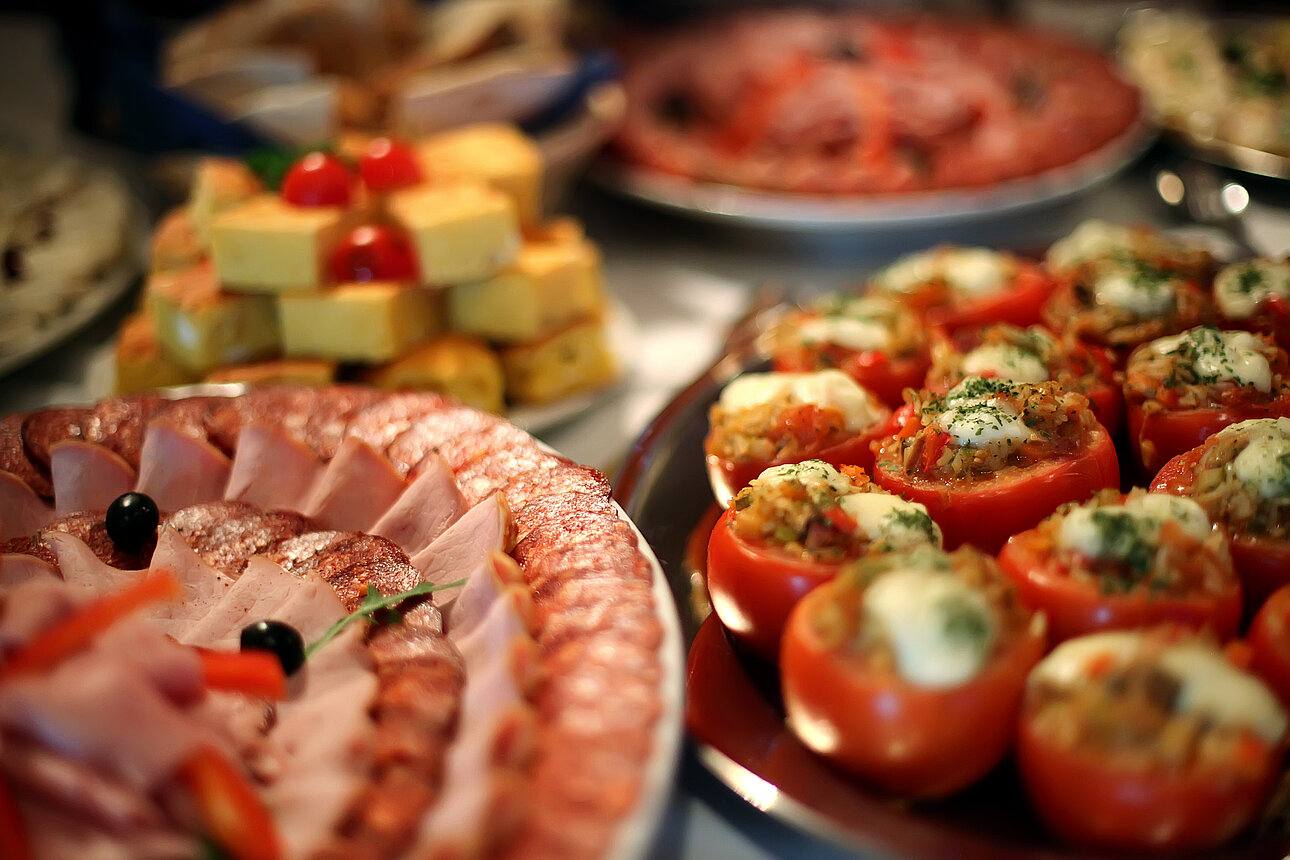While yuzu and hibiscus have been the popular flavors of summer, delicate, tropical fruits and floral notes may not transition well to the heartier dishes of fall and winter. This is the time of year when people turn to rich comfort foods to combat the winter blues and create a feeling of festive nostalgia.
Traditional flavors like pumpkin and peppermint aren’t going anywhere, but after a couple of years of COVID hibernation, complete with a revival of from-scratch cooking, some new trends are emerging in time for the upcoming winter holidays. Here are a few that restaurants, markets, and food manufacturers may want to have on their radar.
Turmeric
This bright, sunny spice has already become a popular addition to many a food and beverage recipe for its health benefits, but the pungent, earthy flavors also make for a natural complement to the savory dishes of fall.
For example, it can be added to cheesy delights like southern mac and cheese that are equally at home on Christmas and Kwanzaa menus.
Ginger and turmeric also make for a great addition to cold-weather soups like carrot or butternut squash. Turmeric also adds color and flavor to latkes, taking this Hanukkah staple to the next level.
Even beverages can benefit from turmeric, with options like golden milk gaining popularity and eggnog getting an interesting overhaul with this vibrant spice.
Find more trends in our weekly newsletter HERE
Ancient Grains
Now that a lot of workers are back in the office or settling into full-time remote situations, the home baking revival has started to slow.
However, the flour shortage of the early COVID days introduced a whole new group of people to lesser-known grains like buckwheat, barley, amaranth, farro, kamut, spelt, sorghum, and more, some of which are gluten-free.
For the holidays, these grains are likely to pop up in all kinds of baked goods, either adding texture and flavor as whole grains or ground-down to replace white or wheat flour. They can make great additions to pancakes, breads, muffins, cookies, and other baked goods or add satisfying texture and bulk to winter salads.
Related: Top Winter flavors of 2022
Hotter Spices
Spices like cinnamon, nutmeg, cardamom, and cloves are par for the course during the holidays, but the adoption of international flavors has led to new interest in adding peppery spices to anything and everything. A dash of cayenne in Mexican hot chocolate is a dipping-toes-in-the-water moment for many diners.
More adventurous palates, however, are down for holiday cakes, cookies, and pies that pack a spicier punch with chipotle, jalapeño, and habanero, for example. A little goes a long way and adds all kinds of complexity to sweets and rich chocolate desserts.
Meat Alternatives
While options like Impossible and Beyond are still more expensive than beef and chicken, pound for pound, it’s worth noting that meat prices are on the rise.
According to the USDA, beef and veal prices increased by 9.6% in 2020 and 9.3% in 2021, although the hikes have slowed in 2022. As for wholesale poultry prices, they’re forecast to balloon by as much as 26-29% throughout the course of the year.
While people tend to spend more during the holidays, the price hikes for meat narrow the gap with meat-free alternatives, creating more reason for consumers to give them a try, particularly if they’re concerned about issues like personal health and the environment.
This opens the door for restaurants and retailers to push meatless meals that play on the nostalgia of beloved holiday dishes but feature cleaner, greener ingredients.
Classic dishes make holidays like Christmas, Hanukkah, and Kwanzaa what they are, and some consumers are sure to cleave to traditional options. However, new interpretations of old faves that deliver incredible flavor and an immersive dining experience may just become instant classics.
To learn more about our products and insights, get in touch with our team at Symrise today, Contact us here!





